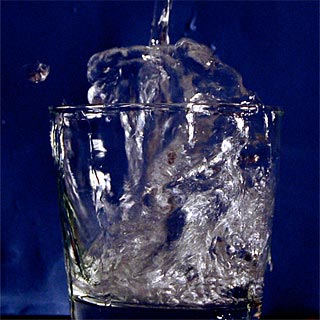Virtually every health-conscious person can quote the recommendation: Drink at least eight eight-ounce glasses of water per day. Other beverages—coffee, tea, soda, beer, even orange juice—don’t count. Watermelon? Not a chance.
There’s no denying that water is good for you, but does everyone really need to drink 64 ounces or more every day? According to Heinz Valtin, a retired professor of physiology from Dartmouth Medical School who specialized in kidney research and spent 45 years studying the biological system that keeps the water in our bodies in balance, the answer is no. Read more












